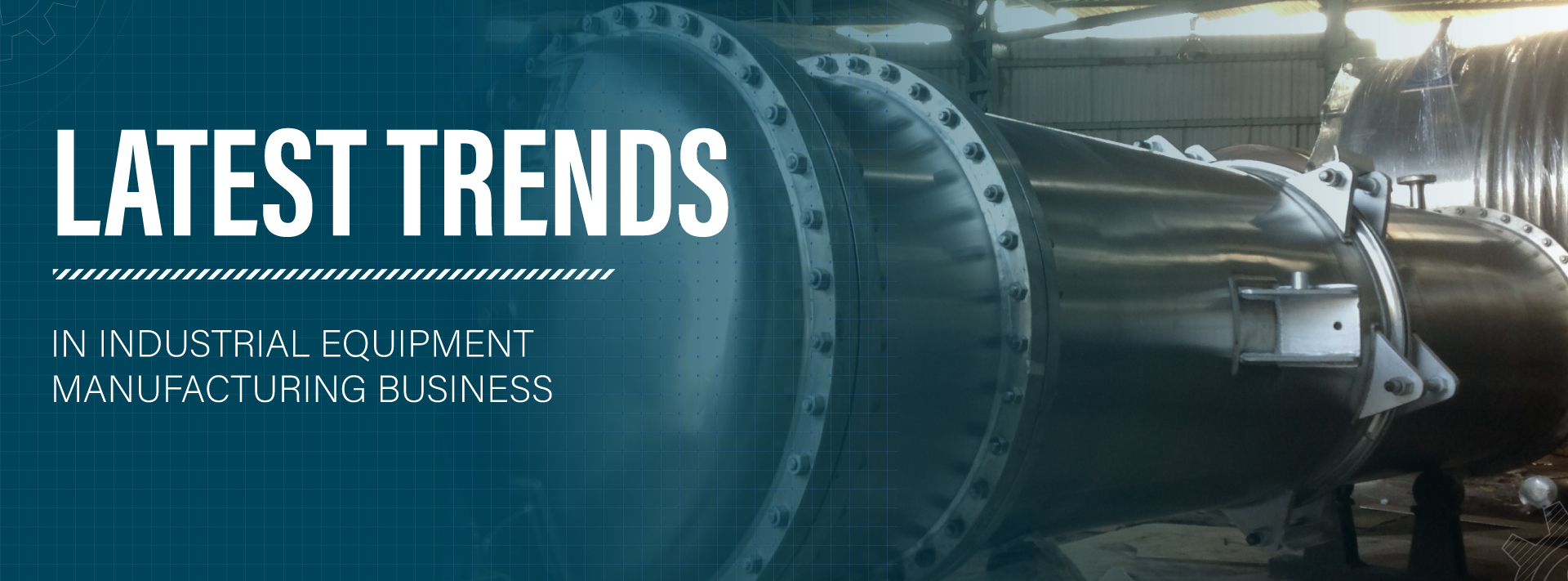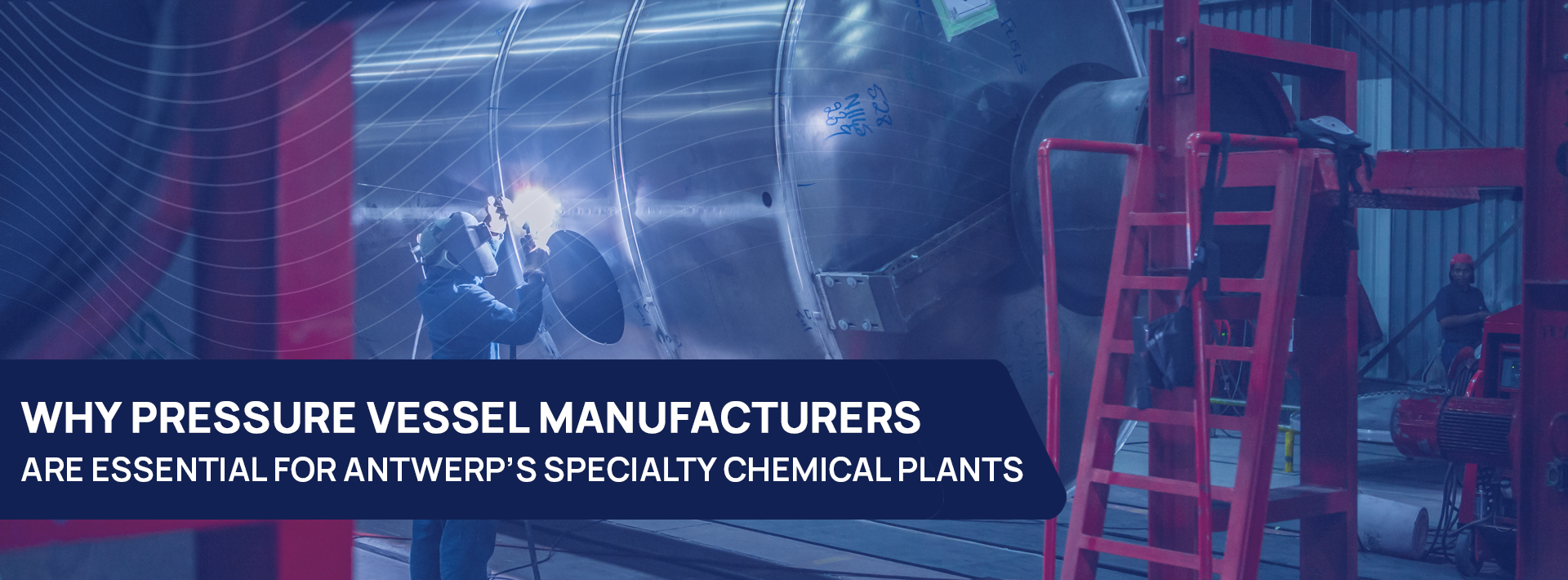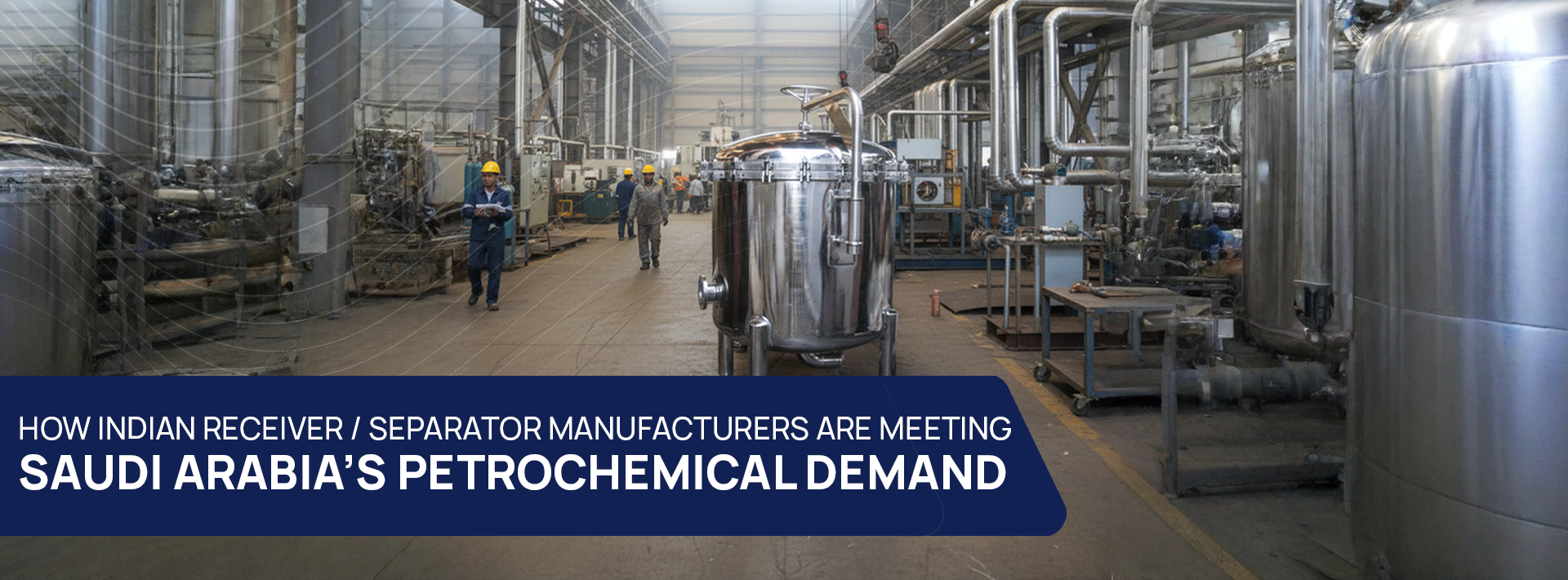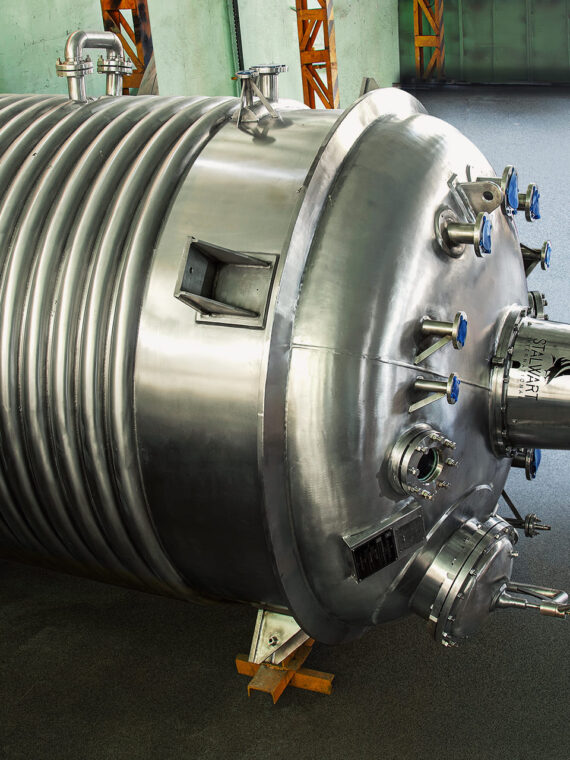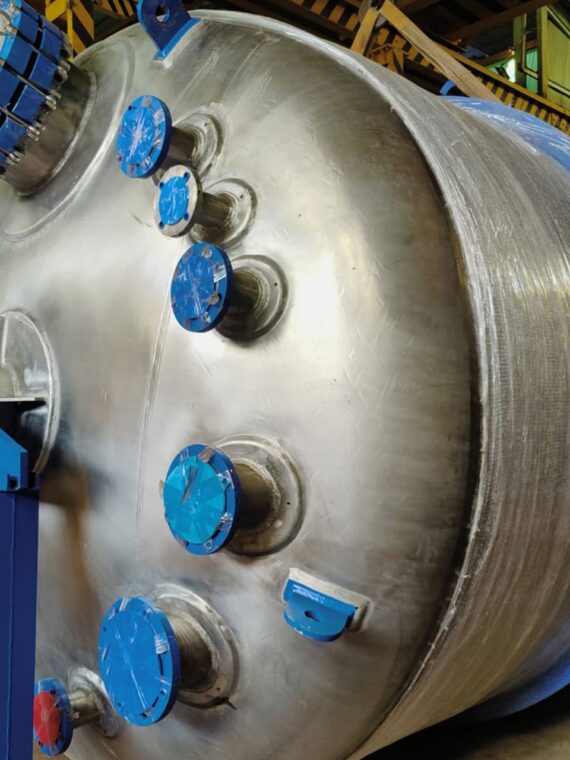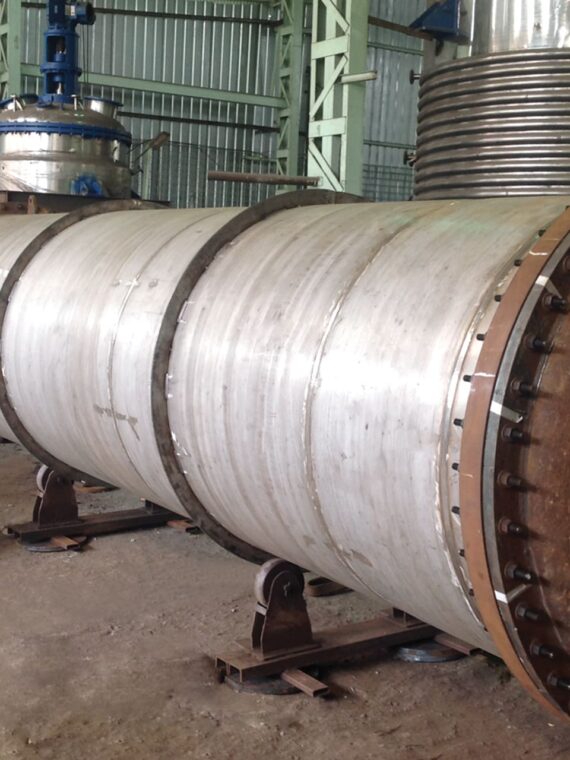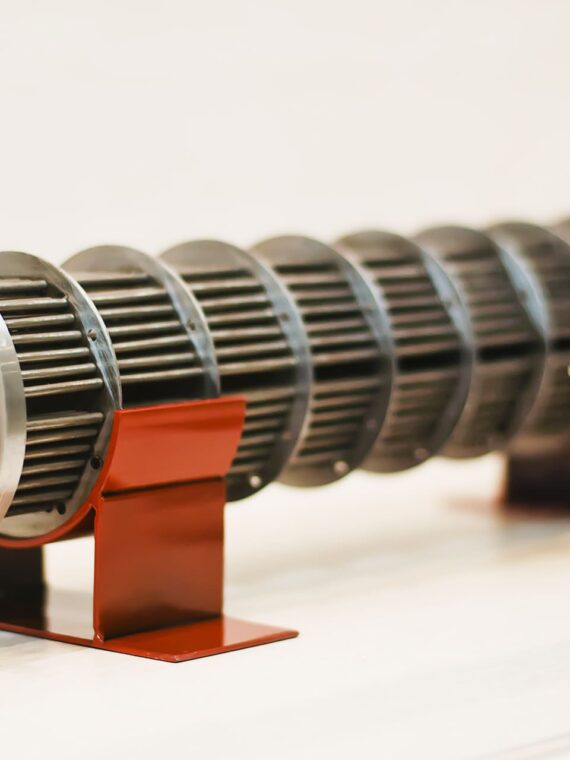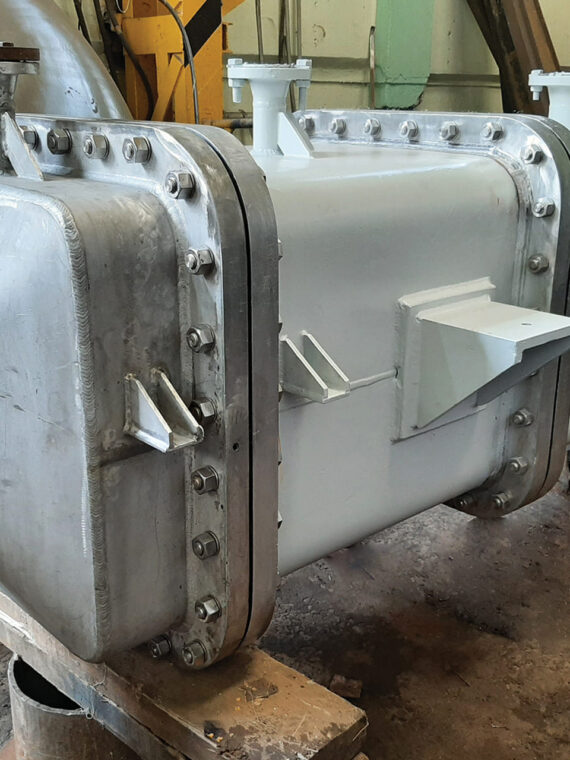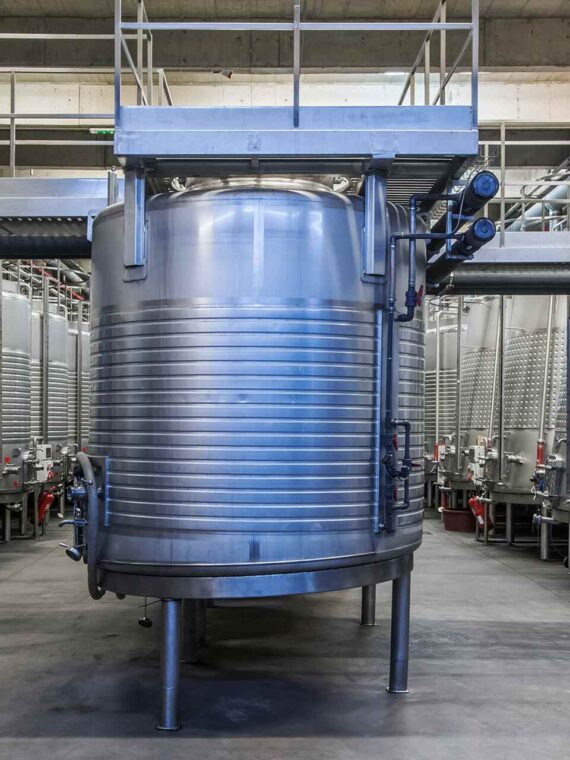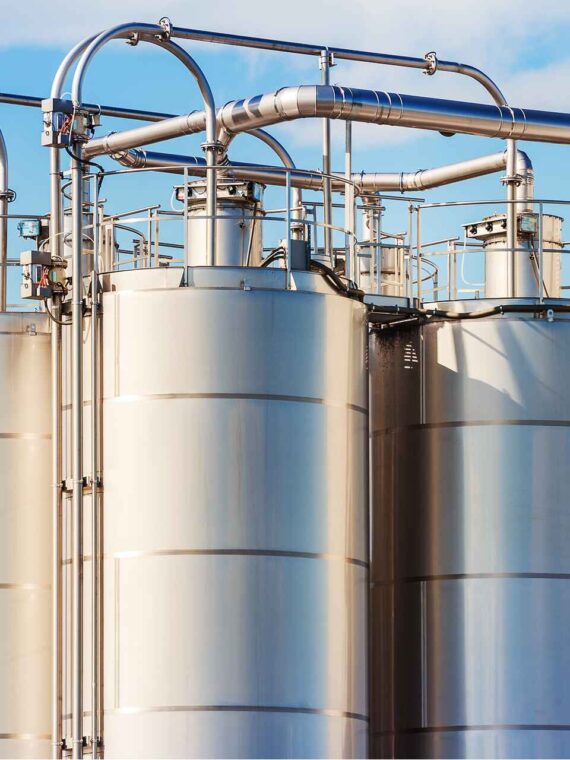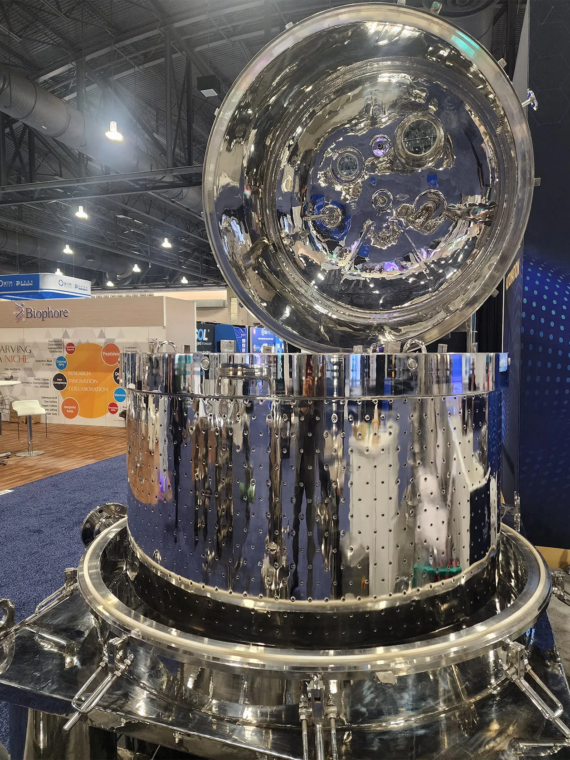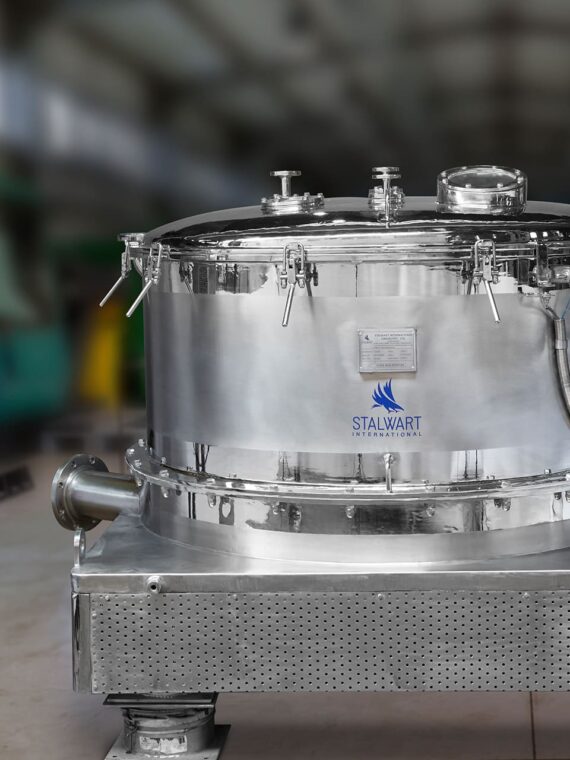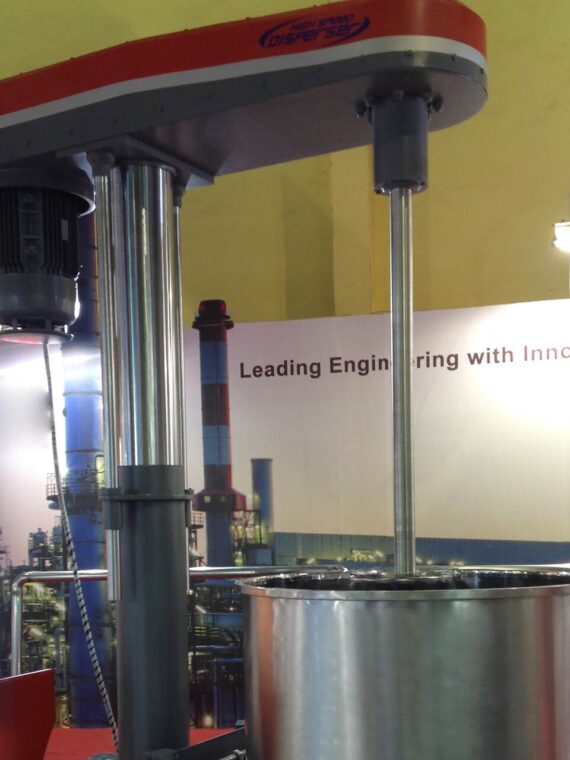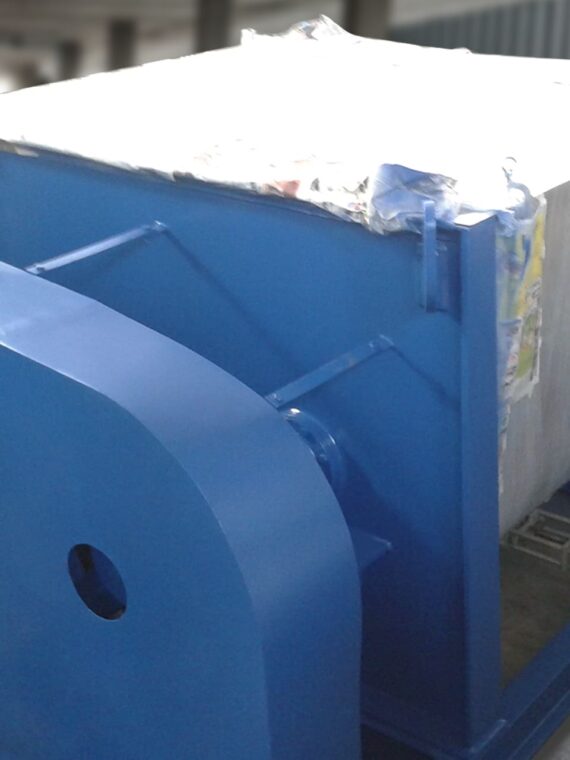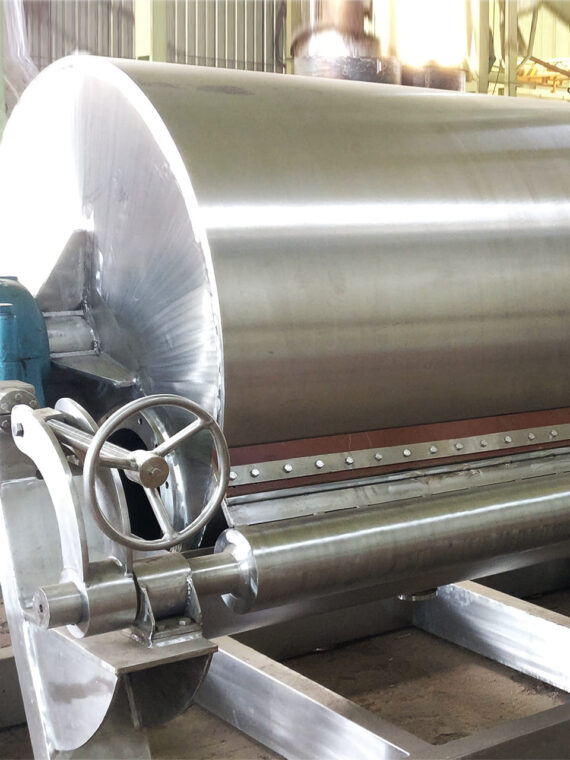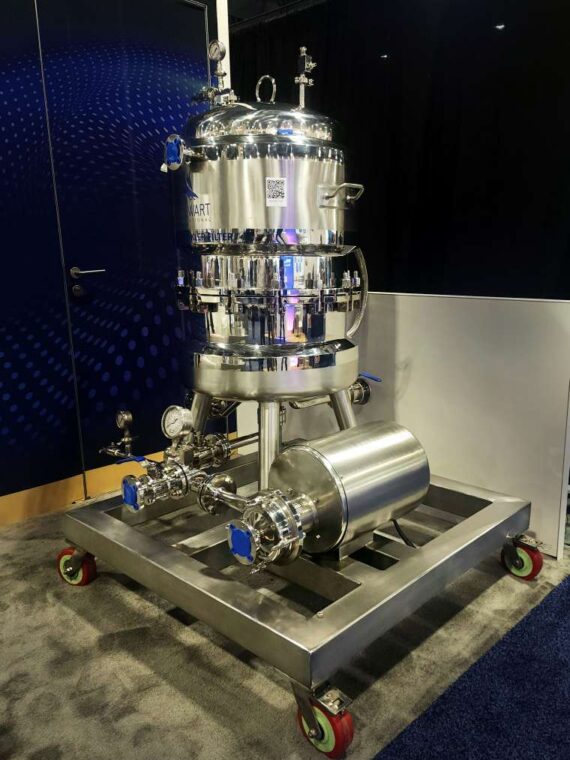Like the Industrial Revolution affected assembling, advanced change is presently in charge of changing the business. At long last, mechanical producers are joining their partners and are moving to a computerized world. Not since Henry Ford presented large scale industrial equipment manufacturing has there been an insurgency to this scale. Presently, fabricating organizations like Chemical Reactor Manufacturers and Shell and Tube Heat Exchanger Manufacturers are utilizing innovation to move from large scale manufacturing of machinery and equipment for Process Plants to redid generation, and it’s going on at a fast pace.
Purchaser desires and the coming of high quality engineered equipment and services are driving the steady digitization of the assembling. While most of the assembling officials recognize the significance of this change, just 5% of them are happy with their current advanced methodologies. The business keeps on advancing because of the test of guaranteeing the correct items are conveyed at the correct cost to the opportune individual through a procedure of improved modernity.
Industrial Equipment Manufacturing Business’s Trends
Digital Transformation with Industry 4.0
The Industry 4.0 Reference Factory Is the Future The developing pattern of mechanization and information trade in assembling advancements passes by the name of Industry 4.0. This introduction at Autodesk University, 2018 in Las Vegas, demonstrated that this development provokes organizations to fuse savvy robots, human-robot joint effort, high quality engineered equipment and services, added substance fabricating, enlarged reality, machinery and equipment for Process Plants creation recreation, vivid preparing, coordination of the esteem chain, and decentralization and generation guiding to empower exponential development and adaptability in assembling.
A Larger, Faster IoT Expands the Intermachine Conversation Improved sensors and the rollout of the 5G network to start in 2019 will sustain the progressing development of IoT. The blend of AI and AI in IoT permits the overseeing of voluminous information, the age of experiences, and arrangements that will expand makers’ responsiveness and improve proficiency. For instance, a machine could react to issues as they emerge, giving moment, auspicious arrangements with the goal that terrible items wouldn’t be delivered in any case.
Integration of Automation and Robotics
Worldwide Robot and Drone Spending Is on the Rise Examiner firm IDC anticipates spending on apply autonomy frameworks and automatons to add up to $115.7 billion one year from now, a 17.6% expansion from 2018. Completely self-governing route abilities and 3D mapping, just as fast upgrades in battery execution and air-traffic the executive’s frameworks, are being utilized to find wellsprings of crude material and investigate hardware for wellbeing.
Advanced Materials and Smart Components
The use of advanced materials, such as carbon fiber composites and smart metals, is revolutionizing equipment design. These materials offer superior strength, durability, and lightweight properties, making them ideal for industrial applications.
In addition, smart components embedded with sensors and actuators are gaining popularity. These components enhance equipment functionality, provide real-time feedback, and enable predictive maintenance. Industrial equipment manufacturers are increasingly incorporating these materials and components into their products to stay competitive.
Blockchain And Cryptocurrency
Blockchain Marries Cryptocurrency and Manufacturing In 2019, blockchain innovation will legitimately affect the speed, security, and cost-viability of money related tasks and exchanges in assembling. In one conveyed record framework, this innovation can impact diverse territories of the board, following, and exchange detailing in supply chains and manufacturing of equipment for chemical and pharmaceutical industries. With a progressively straightforward perspective on movement logs, producers will almost certainly observe each part in the production network continuously and distinguish issues before they become boundless.
Rise of Additive Manufacturing (3D Printing)
3D Printing Continues Its Push into Manufacturing With it’s quality in quick prototyping completely settled, 3D printing will acknowledge much a greater amount of its capability to make fabricating less expensive, better, more grounded, and quicker.
Companies like Stalwart International are using additive manufacturing to develop innovative solutions that cater to diverse industrial needs. This approach allows them to stay ahead of the competition and deliver unparalleled value to their customers.
In the last, we can say that as the time advances new cutting edge technologies and concepts are emerging in Industrial Equipment manufacturing business. It is also taking place in case of Ribbon Blender Manufacturer, High Speed Dispersers, and Corrugated Tube Heat Exchanger manufacturing. By staying updated with these trends and embracing innovation, industrial equipment manufacturers can position themselves for sustained growth and success. Stalwart International’s commitment to innovation and excellence serves as a benchmark for others in the industry.
FAQs
Which is a trend in the manufacturing industry?
Adopting smart manufacturing technologies, such as IoT, AI, and robotics, to optimize production processes is a key trend.
What is the current trend in industries?
The focus is on automation, sustainability, and digital transformation to enhance efficiency and reduce environmental impact.
What is the future of the manufacturing industry?
The future lies in Industry 4.0 advancements, including predictive maintenance, digital twins, and AI-driven decision-making.
What is the most significant trend affecting the industrial products industry?
Sustainable production practices and the integration of advanced technologies like 3D printing and machine learning are reshaping the industry.


